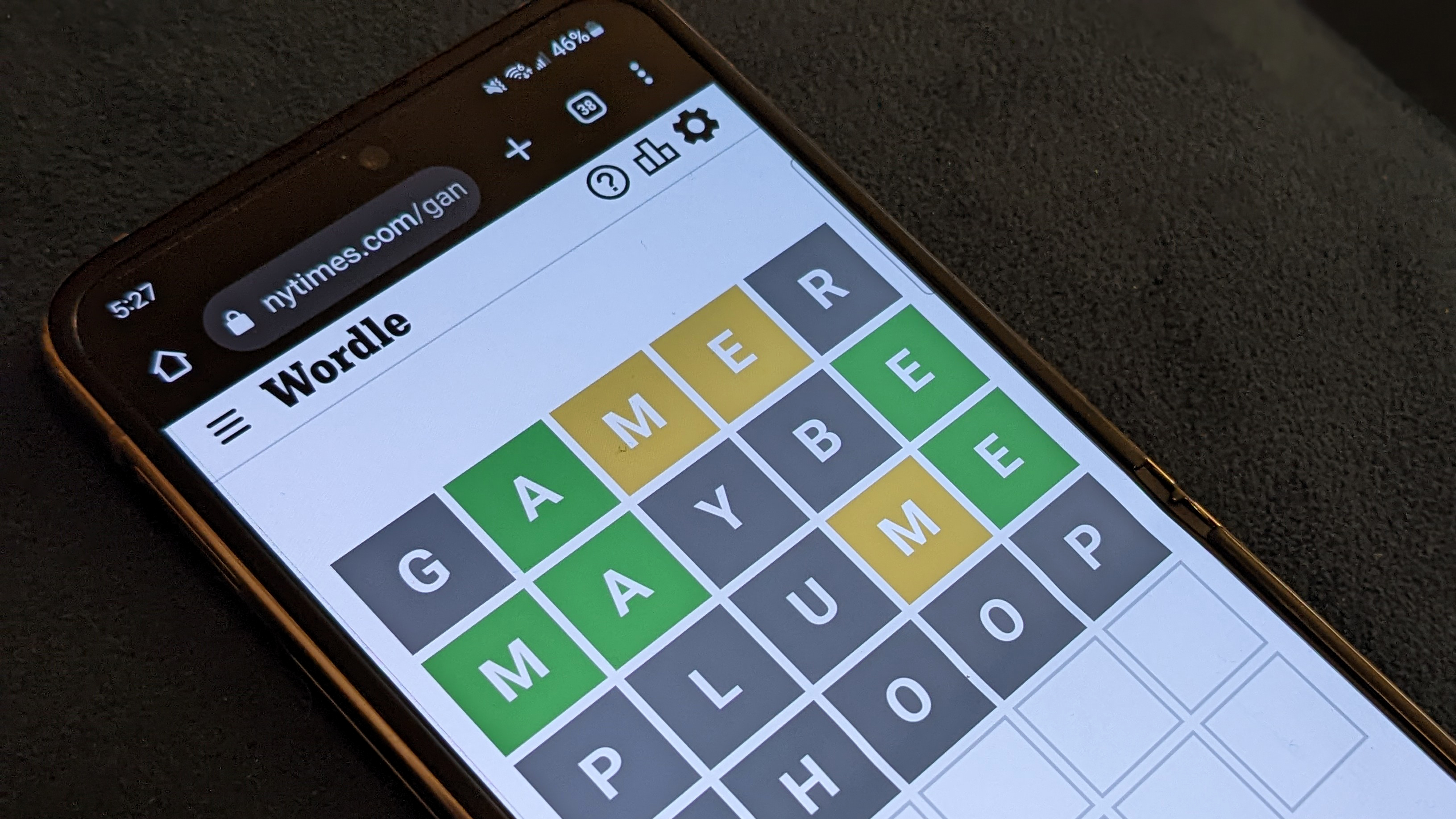
Palm Royale Review
Apple TV+ continues to build its library of slick, star-packed, elaborate period shows with Palm Royale. Turning the clock back to 1969, the bright visuals and glossy veneer can’t hide an elite Palm Beach enclave brimming with deceit. Kristen Wiig deftly walks a line between silly and sublime as social climber Maxine Simmons, so even when the story invariably meanders, it’s impossible not to be charmed by its star and the equally impressive ensemble. The comedy, drama, and intrigue make for a heady cocktail, and when Palm Royale hits its midseason stride, it’s a confection whose potency rivals that of Maxine’s go-to crème de cacao grasshopper.
Former Saturday Night Live cast member Wiig has a strong track record of landing laughs, which she is more than capable of here – there’s a fun game in spotting when her scene partners almost break. And Palm Royale isn’t the first time Wiig has blended hilarious and heartbreaking, sometimes in the same scene. (For more of this deft balancing act, see the brilliant Skeleton Twins.) So much of the tone is set by her energy, dialed up and muted in concert with creator Abe Sylvia’s vision of Nixon-era Floridian aristocracy. When Wiig’s voiceover establishes that Evelyn Rogers (Allison Janney) has made herself Palm Beach’s de facto Queen Bee through her philanthropic efforts, Sylvia and the writing staff get to work demonstrating that charitable donations are just a means of landing in the local society pages. A running gag about the fundamental emptiness of this do-gooding ensues.
When Palm Royale begins, Maxine has only been in Palm Beach for two weeks – and it isn’t only her Southern accent that ensures she is clocked as an interloper. Combative dynamics are present from the jump as Maxine goes toe-to-toe with bartender Robert, played by Ricky Martin. This arc is incredibly rewarding and has Martin keeping up with Wiig on the comedy and drama fronts. Their ongoing back-and-forth, and Maxine’s friendship with manicurist Mitzi (Kaia Gerber) ensures that the scope of Palm Royale extends beyond its upper-crust inner circle. Emmy-nominated production designer Jon Carlos excels at bringing this type of swanky world to life, but the series isn’t all themed parties and mansions stuffed to the brim with expensive artwork: One of the key settings is a bookstore, the cleverly named Our Bodies, Our Shelves, where feminist meetings are run by Maxine’s polar opposite, Linda (Laura Dern).
If television has taught us anything, secrets are a valuable currency. Those with access to the exclusive Palm Royale country club know this better than anyone, and wannabe socialite Maxine quickly learns she’ll need more than positivity and a pretty dress to earn her spot on the membership roll. Early on, it becomes clear that the story Sylvia is telling (based on the 2018 novel Mr. and Mrs. American Pie by Juliet McDaniel) goes deeper than a mystery, commenting on haves and have-nots. Maxine and Linda’s paths keep crossing in ways that pinpoint some of the leading issues (such as access to abortion) impacting women in 1969 and 2024. At times, Palm Royale struggles with how much it wants to cram into its frame, but it successfully showcases different agendas and how the system benefits some more than others.
Janney is reliably excellent at depicting disdain throughout these first 10 episodes; after years of dominant performances on network series like The West Wing and Mom, it’s thrilling every time she uses a curse word. When cracks appear in Evelyn’s armor, the actor truly gets to play, taking what could be an incredibly bizarre setup – that has a whiff of the zany Wiig comedy Barb and Star Go to Vista Del Mar – and ensuring it doesn’t spiral into farce. Her hardened shell is at odds with Maxine’s heart-on-floral sleeve posture, but this battle is more than it might appears. Blackmail is a threat throughout this story, and information is how the women of Palm Royale find and retain power at a time when both are limited.
Coming hot on the heels of Feud: Capote vs. the Swans, Palm Royale ensures we don’t suffer a deficit of TV glitz and glamor. There is not a single jewel tone or citrus shade that costume designer Alix Friedberg hasn’t utilized, and every single garment dials up the opulent aesthetic. Scenes set in the boutique run by fairweather friend Grayman (Dominic Burgess) are ripe for scheming and gossiping, all the while emphasizing how fashion makes or breaks a person. Carlos’ production design turns every location into a visual feast, and charity balls across the season add to the humor – and wow factor.
Palm Royale never fails to impress with the various pairings facing off against each other.
Maxine’s fairy tale notion of love is as embedded in the series as her desire to break into society. Josh Lucas plays her pilot husband, Douglas, whose role grows as the first season goes on. Lucas is one of Palm Royale’s secret weapons, capturing the complexities of Maxine and Douglas’ marriage and his place in this rarefied world. Veterans like Carol Burnett and Bruce Dern also enliven their scenes and add some emotional weight. The story takes some surprising turns with both of their characters, which I can’t go into without getting into spoilers – but it’s safe to say that they bring gravitas and humor to the proceedings. Wiig flexes her comedy chops opposite legendary sketch comedian Burnett, and this duo doesn’t disappoint – even during scenes when Burnett lies prone in bed. Where Palm Royale never fails to impress is the various pairings facing off against each other, and how Maxine’s arrival is a catalyst for chaos. It might take a while to get to the point, but when it does, all the threads depicting the hypocrisy and misery of this picturesque setting pay off.






